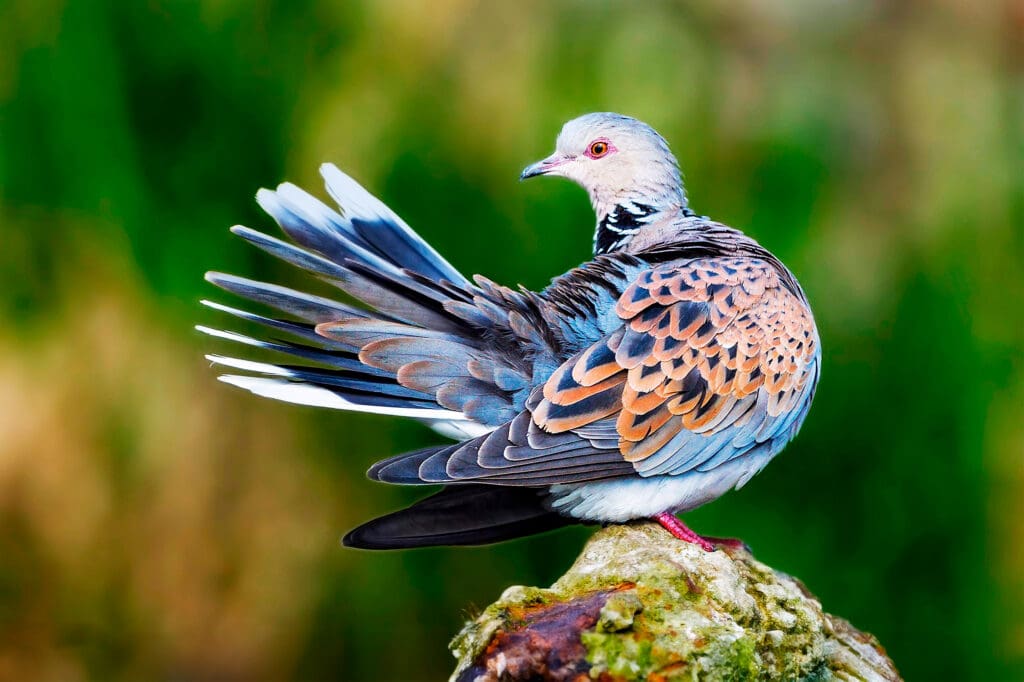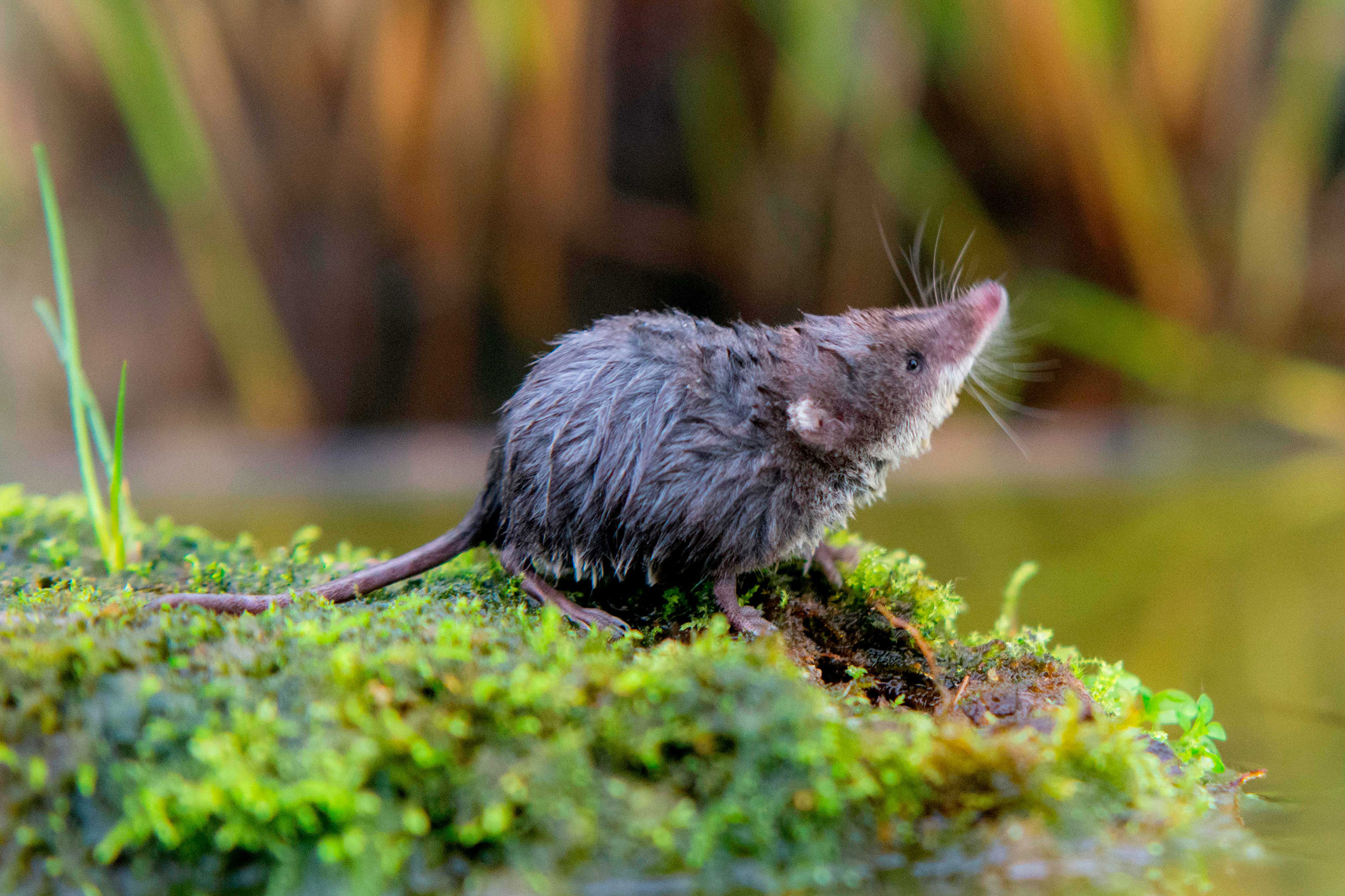Our largest shrews live high-metabolic, frenetic lives, in or near streams, ponds, ditches and wetlands (and many RSPB nature reserves). Dense, mole-like, velvety fur (contrasting with a white underside) traps air, lending them a buoyant silveriness. Dives for aquatic invertebrates are frequent and short, so once spotted, you’ve a chance of watching it hunt. Saliva poison from a venomous bite immobilises much larger prey, such as frogs and crayfish.
Swimming is aided by spur-like hairs on unwebbed feet and a tail like a rudder, keel and foraging anchor. Fiercely solitary, they produce two to three litters of three to 15 young, now and throughout summer. They are vulnerable to waterborne pollutants and pesticides, ingested via their prey and in grooming.
A diving Water Shrew. Video: the RSPB
You might also like

Peatland

The business of nature



